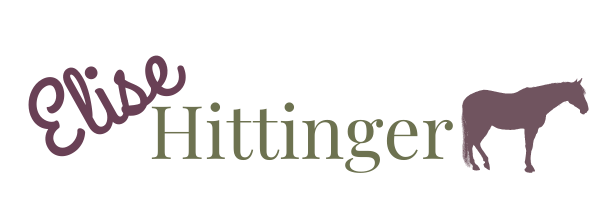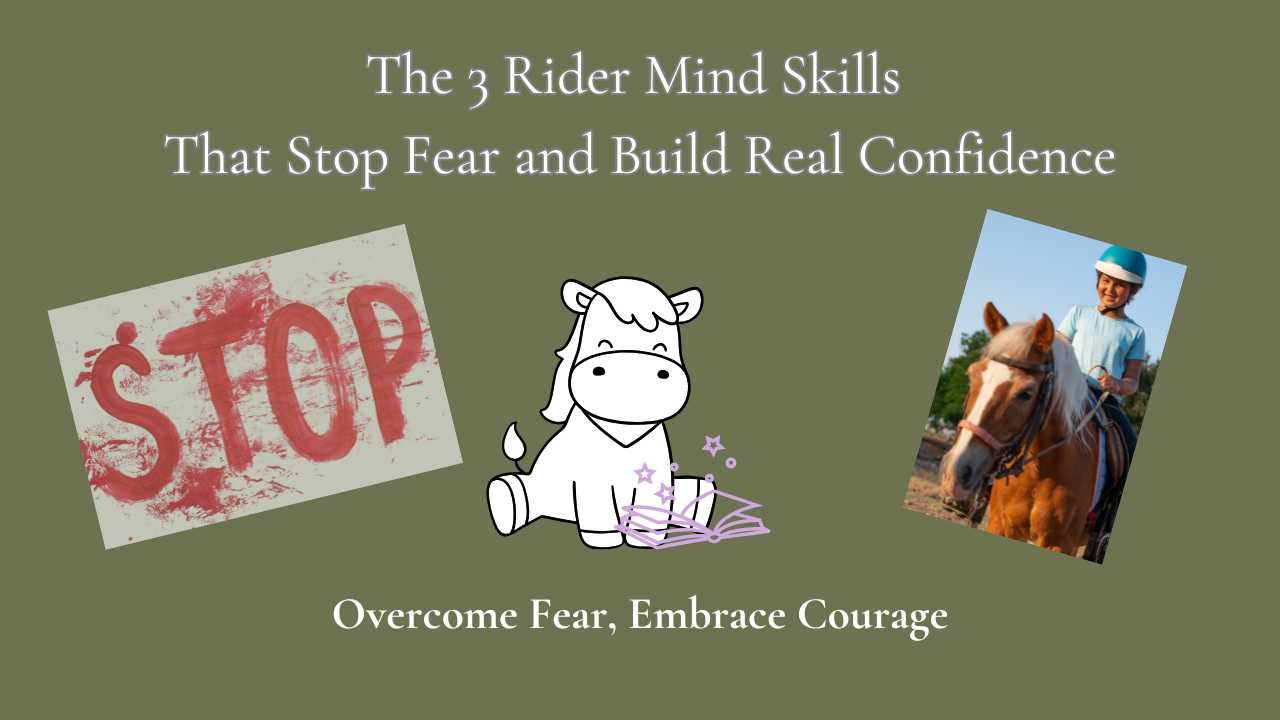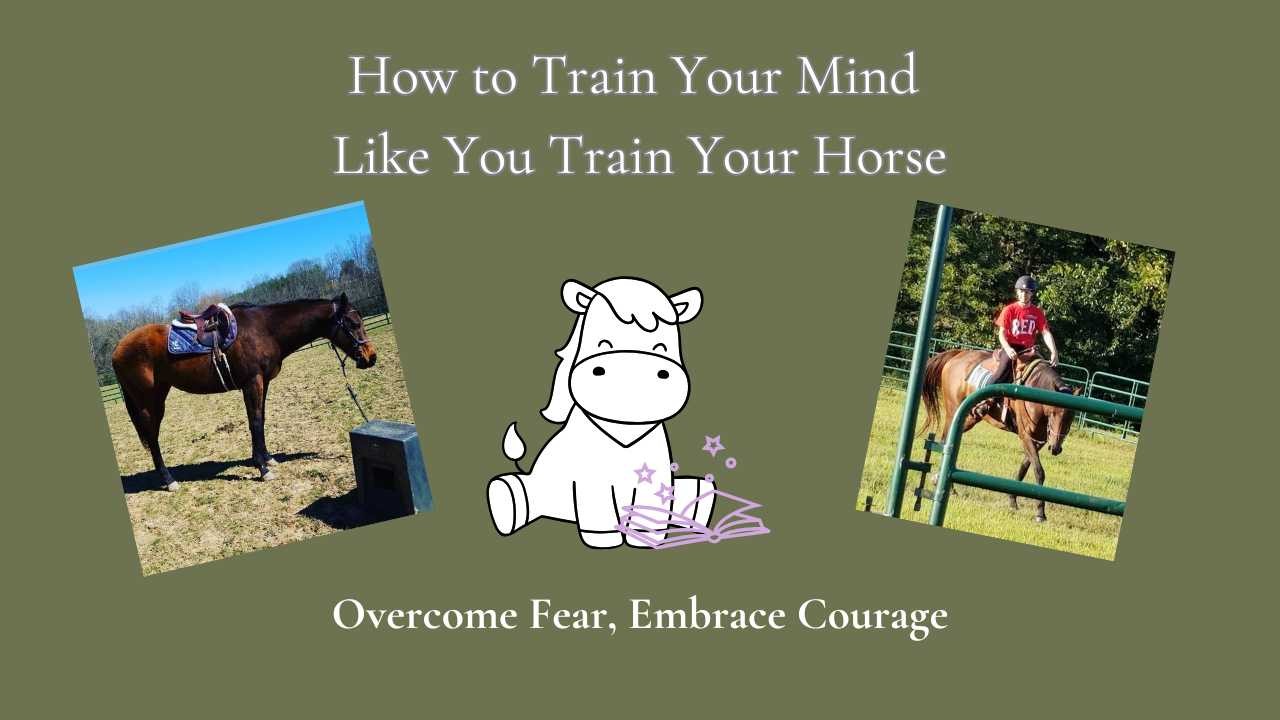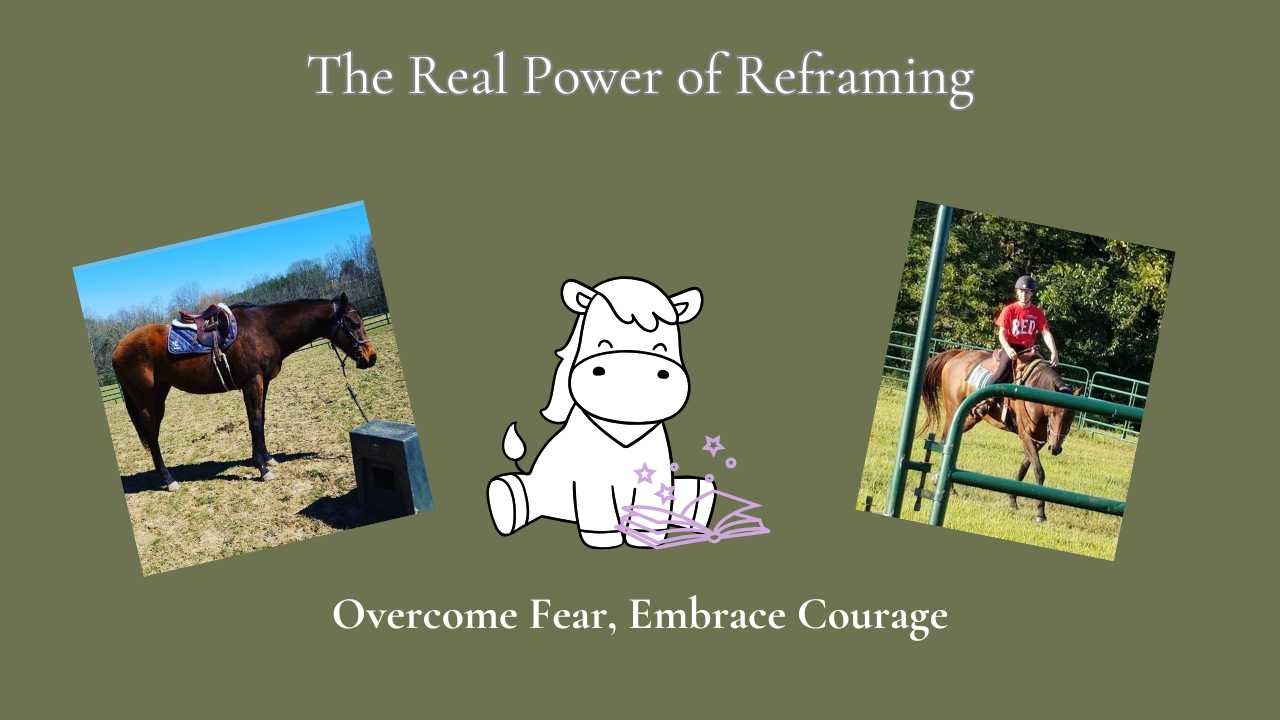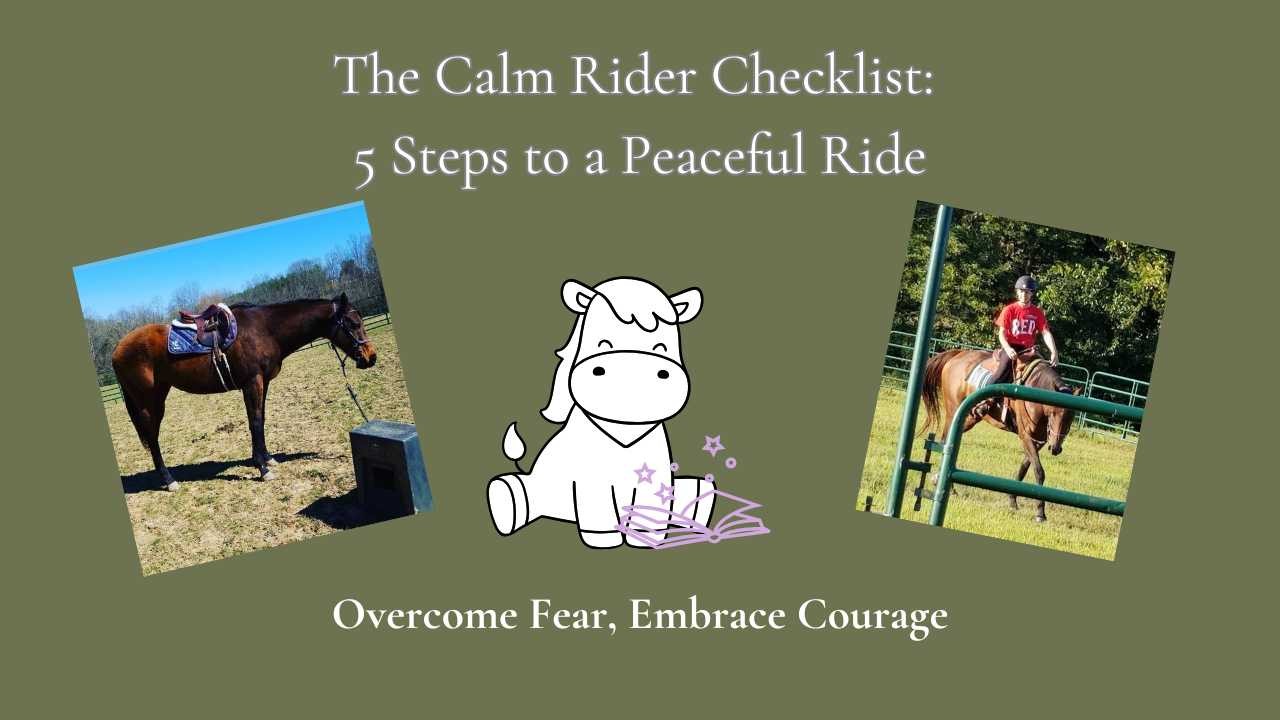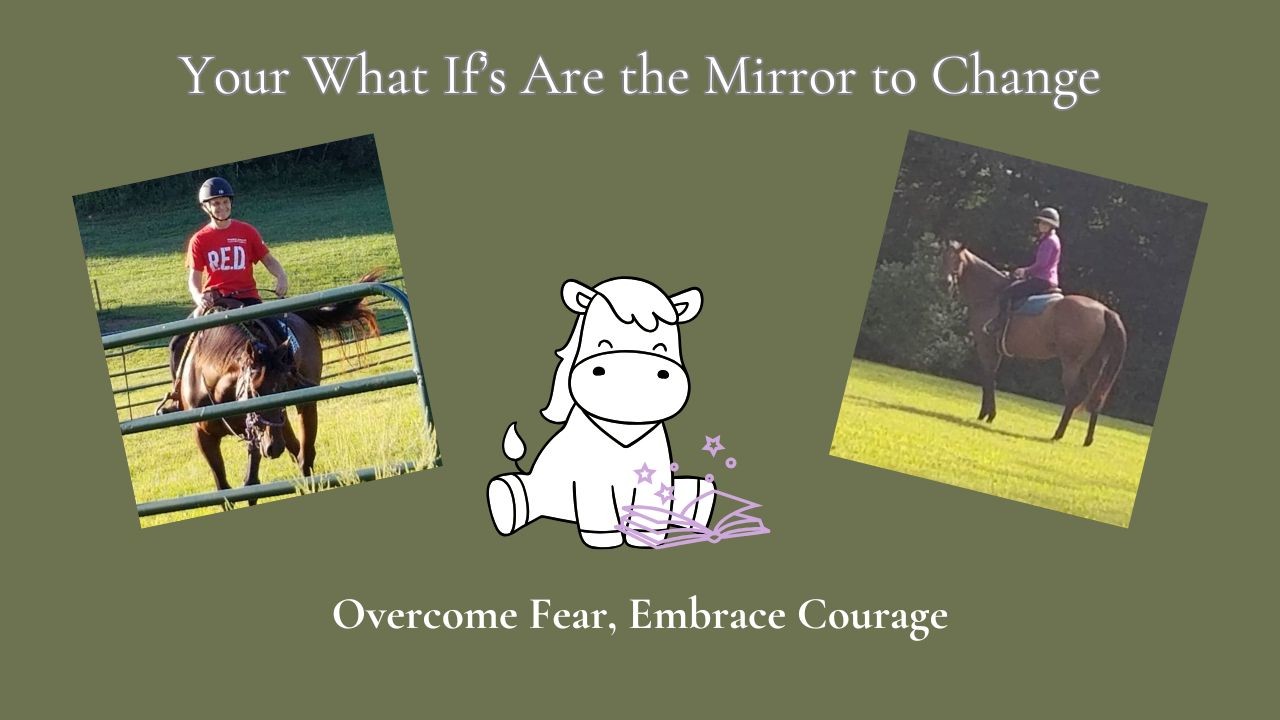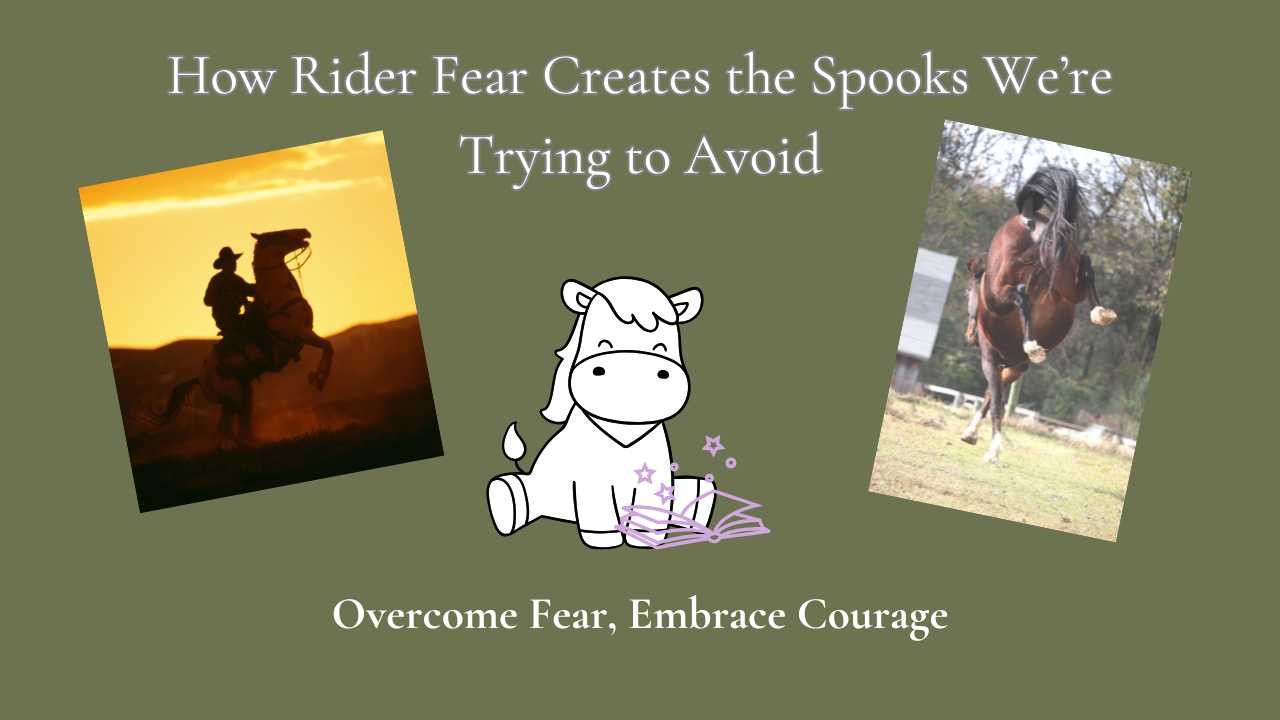
We’ve all been there—riding along when suddenly our horse spooks at something seemingly harmless: a gust of wind, a squirrel, a shadow. But what if the real trigger isn’t the environment… it’s us?
Horses are prey animals, wired to detect subtle shifts in energy and emotion. They don’t just respond to what’s around them—they respond to us. When we ride with fear, tension, or anticipation of something going wrong, our horse picks up on it. That nervous energy becomes part of the moment, and suddenly, the rustling leaves feel like a threat.
I used to think my horse was just “spooky.” But over time, I realized he was reacting to me. My tight grip, shallow breathing, and hyper-focus on potential dangers were sending signals that something was wrong—even when it wasn’t.
Here’s what I learned:
- Fear is contagious. Horses mirror our emotional state. If we’re anxious, they become alert. If we’re calm, they settle.
- Focus matters. When we fixate on what might spook our horse, we unintentionally amplify it. Instead, redirect your focus to what’s going well—your rhythm, your connection, your breath.
- Confidence is a skill. You don’t have to be fearless—you just need tools to manage fear. Grounding exercises, breathwork, and mindset shifts can help you ride with clarity instead of tension.
The truth is, most horses aren’t spooked by nature. They’re spooked by the energy we (or the herd) bring to it. Wind, wildlife, and weather are part of their world. But when we layer fear on top of those elements, we create a story they start to believe.
So next time your horse spooks, ask yourself: Was I already bracing for it? If the answer is yes, don’t beat yourself up—just get curious. Because the more we understand our own psychology, the better leaders we become in the saddle.
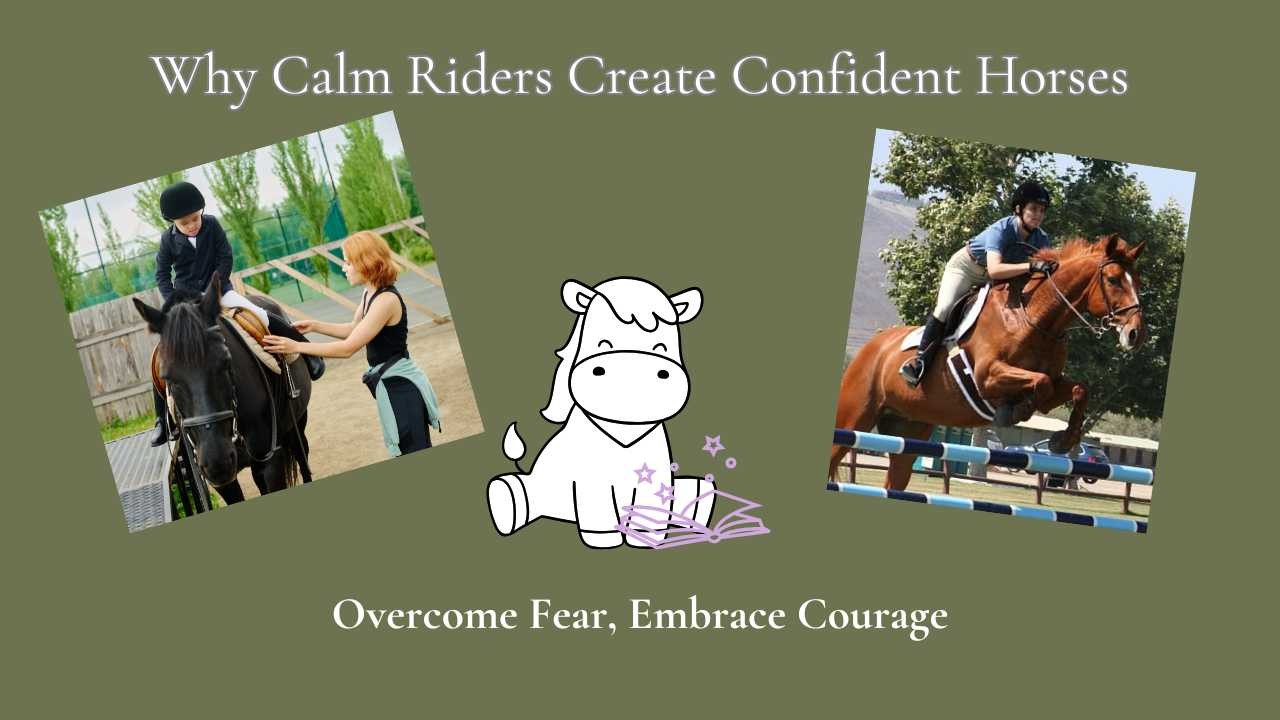
I used to think calm horses created calm riders—until I had a “been there, done that” jumper that I made anxious. What?? Yes, it was me, not him.
He was such a good boy, even with my extreme tension. But over time, he started reacting—triggered by my fears. Especially at the in-gate, waiting to go in for our jumper rounds.
That’s where my nerves were at their peak.
As I worked on my confidence, I could feel him shifting back to confidence too. It didn’t happen overnight. It took time for him to trust me again. But once he did, our shared confidence led to more enjoyable rides—even in competition.
A few things I realized:
- You can’t fake it ‘til you make it with horses. They know. You actually have to find real ways to feel confident. My favorite strategy was focusing on things I was confident in—even if they weren’t directly related to the fear. For example, I felt confident hacking, so I focused on walking to the warm-up ring and moving him laterally. I didn’t think about the course or the jumping at all. Focusing on what I could do helped me stay grounded, and once I was in the ring, I was fine.
- The little things matter. As soon as an anxious thought popped into my head, I’d replace it with something else—before it spiraled into a whole chain of anxiety. I practiced this even when I wasn’t riding, so it became second nature in the saddle. The key was catching that very first thought.
- Build a foundation of courage. The “courage pennies” concept helped me so much. Every time I did something that showed confidence or courage, I added it to my mental bank. Over time, those pennies built a solid foundation.(Want to learn more? Grab The Ultimate Guide to Courage Pennies—get your eBook here!)
The truth is: a rider’s confidence has more impact on a horse’s confidence than we realize. Building our own confidence is a skill—and it’s one that can transform our rides, our connection, and our joy in the saddle.
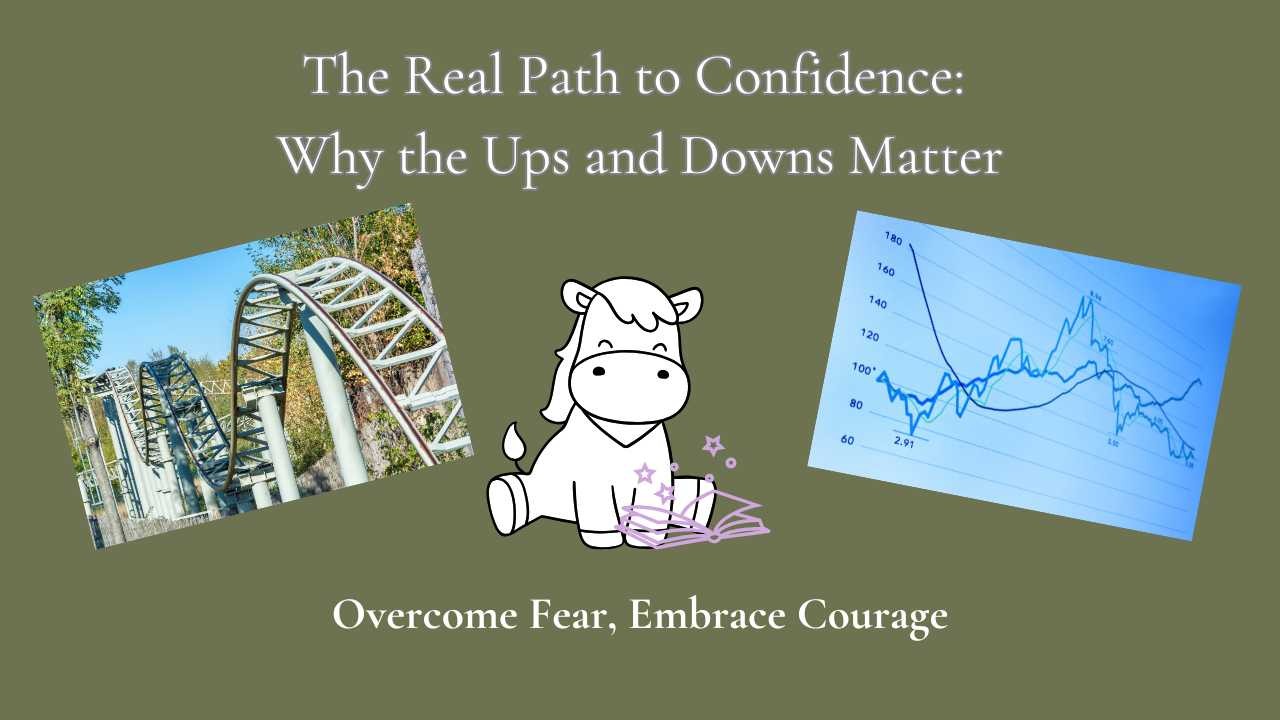
I was curled up in a fetal position, once again laying on the grass instead of on my horses back while he raced around like an escaped convict. I can remember the sun on me feeling so good and the smell of the grass was heavenly. Then the ring crew told me I had to get up and that I couldn't just lay there like a rag doll. The worst part? I had fallen off in front of Bill Gates. The best part, I had a chance to learn from my mistakes.
I had gone into the ring, so scared that I was like a stiff board trying to guide my poor horse jumping his heart out for me. This was one of those down moments that really shaped the depths of anxiety, my first time competing on the Grand Prix field at 1.2M, and it also gave me a peak at what the joy could be as I moved into confidence at that level. I remembered that same anxiety when I had my first competition at .90M. I was terrified. And yet, now, that seemed like a piece of cake with chocolate on top. The anxiety at the lower levels had fallen away and the joy filled me up.
It is important to look at the downs and not just hide them under the rug. Really see what you can learn from them and grow into. Confidence is a muscle that needs to be worked, stretched, reshaped as the anxiety falls away and the confidence builds. The ups and downs matter. They keep us going on our journey to enjoying life instead of sitting on the couch letting anxiety rule our world.
If you’re stuck in one of those “fetal position in the grass” moments—or just feeling like confidence is miles away—I want you to know: you’re not alone, and you don’t have to figure it out by yourself.
I help riders like you turn those tough moments into steppingstones. Together, we’ll create a personalized Calm-Ride Strategy that helps you navigate the lows, celebrate the highs, and build lasting confidence in the saddle.
Ready to see what your next peak could look like? Let’s map it out—grab your free Calm-Ride Strategy Call today.
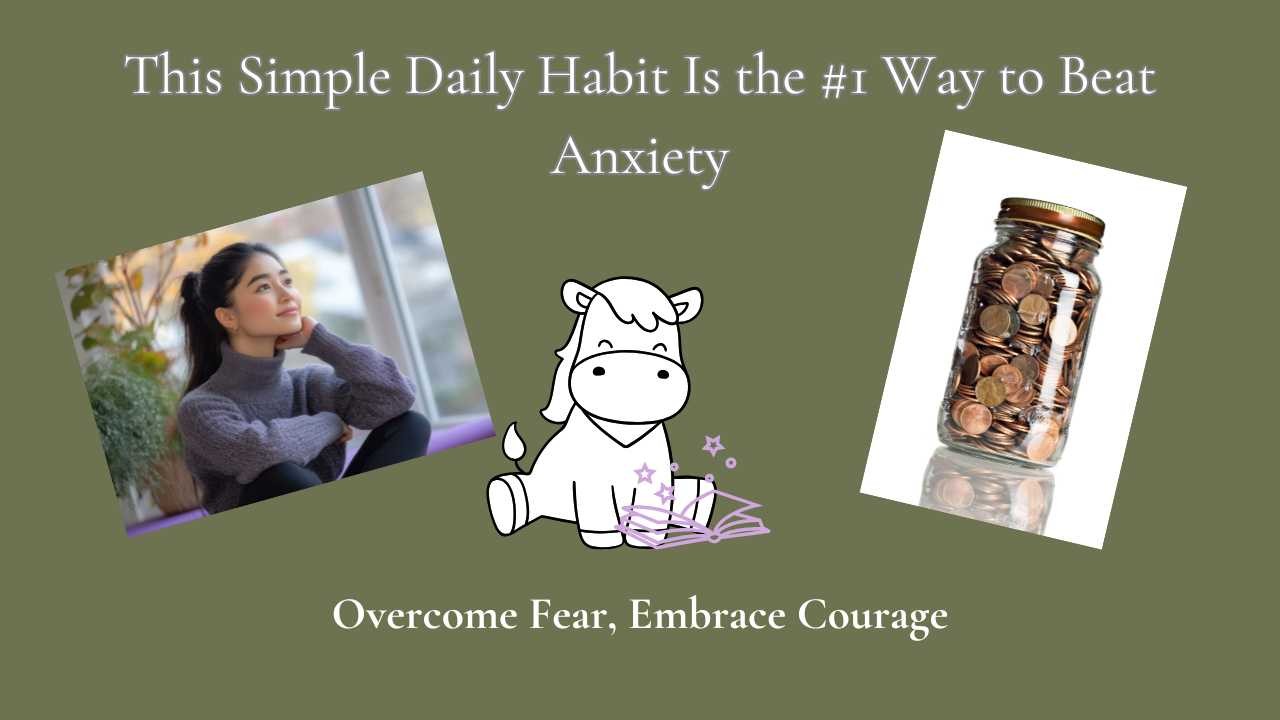
I found my anxiety increasing over the years after my accident. No matter how hard I tried to rebuild my confidence, I felt like a failure. Nothing seemed to work.
What I realized—like many of you—was that I was trying to reclaim my confidence all at once. I knew what it felt like to be confident, but I didn’t think to break it down into smaller steps. I was trying to climb Everest in a day instead of following a process, step by step.
Then everything changed.
I started using something I call Courage Pennies. Not in one giant leap, but in small steps—penny by penny—I began to beat anxiety. I created a daily habit of noticing the little acts of courage and confidence I was doing every day. That habit started small, but it built into the confidence I knew I had inside me.
I share all the details in my free eBook, The Ultimate Guide to Courage Pennies.
👉 Grab your free Courage Penny guide here!
👉 Grab your free Courage Penny guide here!
How to Start Your Courage Penny Habit Today
- Get a pretty jar (or visualize one—but I recommend starting with a real jar).
- Look for small acts of confidence throughout your day. You get to decide what counts. It might be doing the dishes, going for a walk, or even just getting dressed.
- Assign a value—decide how many courage pennies each act is worth and drop that many pennies into your jar (or visualize it filling up).
- Celebrate daily—at the end of each day, look at your jar and reflect. Be grateful for the small steps. Feel how they begin to fill you up and gently push the anxiety out. This part is crucial.
You can do this, I believe in you!
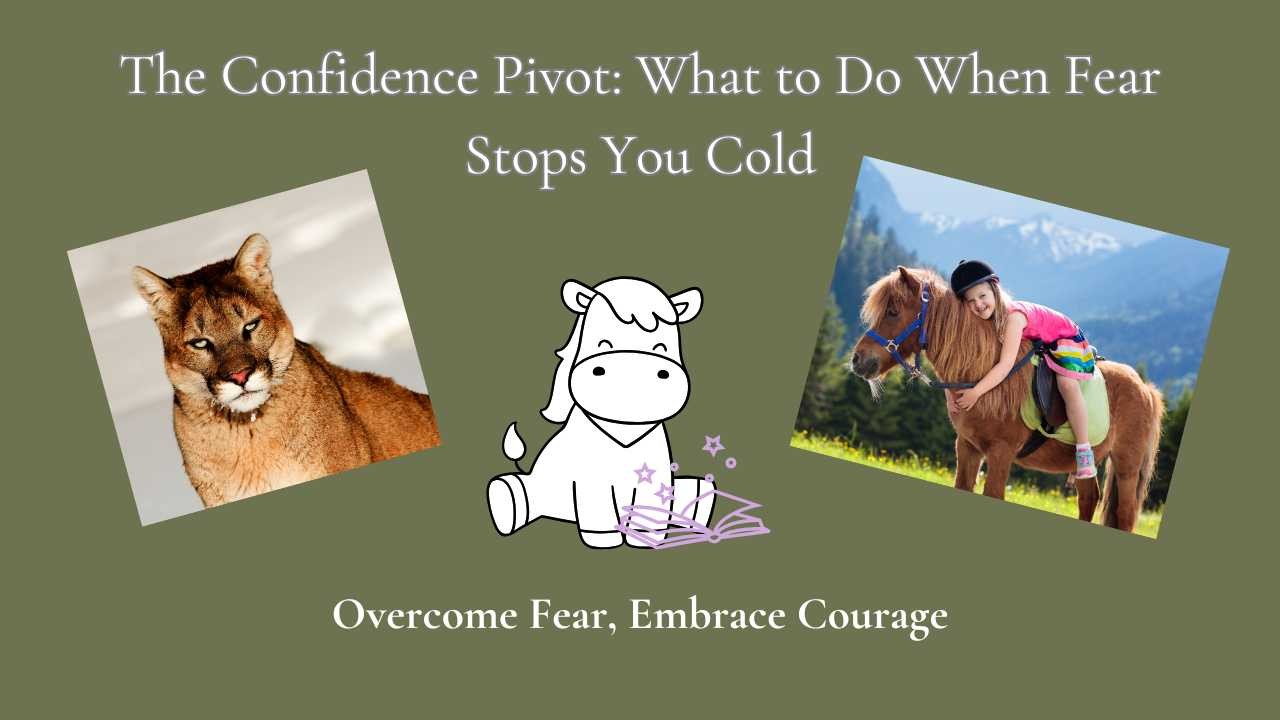
There’s a moment—maybe you’ve felt it—when fear hits so hard your body freezes. Your brain goes offline. Your breath disappears. And all the confidence you thought you had? Gone.
I’ve been there.
Years ago, a mountain lion jumped onto the back of my pony while I was riding. It missed me by inches, but ripped out part of her tail. I didn’t fall off. I didn’t scream. I was frozen to her neck. But I stayed on. I survived. And in the aftermath, something shifted.
I realized: I can ride!
I had faced the worst-case scenario—and I was still here.
That’s the confidence pivot.
It’s the moment when fear tries to shut you down, but something deeper rises up. Not bravado. Not perfection. Just presence. Just proof.
Most of us wait for confidence to show up after we’ve succeeded. But the truth is, confidence is born in the pivot—when fear stops you cold and you choose to move anyway.
You don’t need to face a mountain lion to find it. You just need to notice the moment when fear tightens its grip to stop you. That’s your cue.
Pause.
Breathe.
Ask: "What do I know? What have I already survived?"
Confidence isn’t loud. It’s quiet and steady. It’s the whisper that says, “You’ve done hard things before. You can do this too.”
The next time fear shows up—on the trail, in the arena, before a big call—remember this is your pivot point. The exact place where fear wants to stop you, is the doorway to everything confidence can unlock.
You don’t need to be fearless. You just need to remember who you are, and that you have already done it.
✨ Want more tools to help you pivot from fear to clarity? Grab my workshop in eBook form: The Confidence Blueprint—9 Powerful Principles to Rebuild Your Confidence.
Just $17. No travel, no pressure—just powerful insight, right where you are. Get your copy here!
